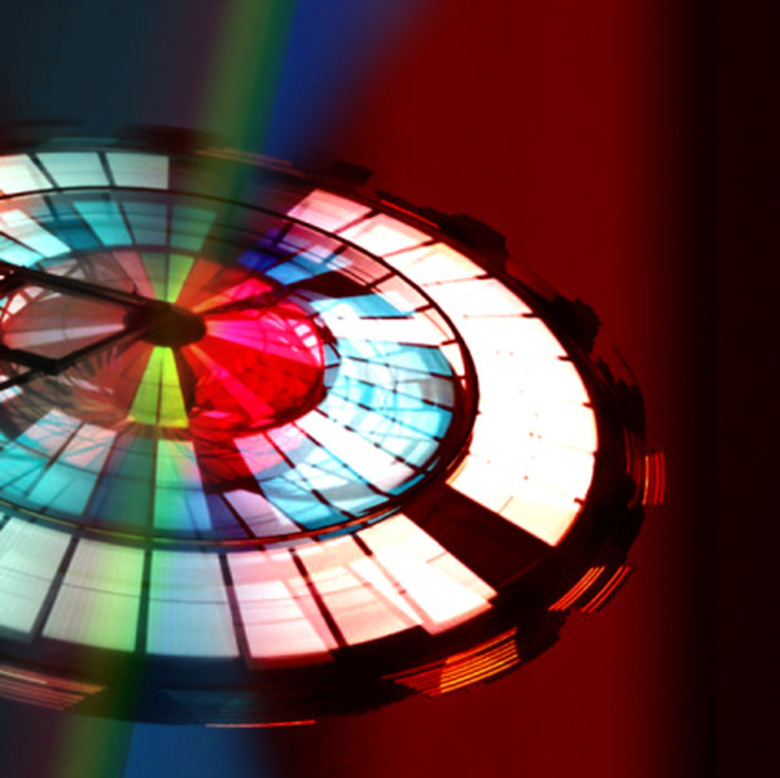What Are The Types Of Momentum?
In physics, momentum is the product of mass and velocity. The greater the product of this equation, the greater the momentum. In science, there are two types of momentum: angular and linear, which concern different types of moving objects. However, that is not where the definition stops. The word momentum is also used as part of everyday speech, and is one of the very few physics concept whose metaphorical definition is the same as its actual one.
Angular Momentum
Angular Momentum
Angular momentum is obtained by multiplying a body's mass by its angular velocity. This means that a single body can have two types of angular momentum. For example, planetary bodies such as Earth have a first momentum that is calculated from the results of its motion in relation to the sun, and then an additional momentum calculated from the velocity of its spin on its own axis. The smaller the body is, the faster it will spin when it is being moved as a consequence of angular momentum. This explains why figure skaters spin much faster when they are low to the ground and when their arms are wrapped around themselves, compared to when there are standing tall with arms wide-open.
Linear Momentum
Linear Momentum
Linear momentum, also known as force, is the quantity of mass associated with a body that moves along a straight path. An outside object, with its own force, can change the trajectory of an object with a linear momentum. For example, if you are running forward and a dog runs into you by accident, your trajectory will be changed, and you may fall; however, you should not be hurt too badly because the momentum of the dog was similar to yours. However, if you get hit by a truck, which has a higher linear momentum because if its high weight, you will be lucky to survive. That is because the truck's force is higher than yours. The study of linear momentum also used to understand and predict how things change trajectory when they collide with another object, such as billiard balls do when hit by the cue ball.
Conceptual Momentum
Conceptual Momentum
The everyday meaning of momentum is relatively consistent with its scientific meaning, regardless of the type of momentum. In politics for example, media will often say that a candidate has gained momentum only after a series of events, such as a speaking tour and a good debate performance. By attending a minimum of events to be noticed a politician creates mass, and doing all these things in a short period of time allows him to gain velocity. The combination of multiple outreach events and the closeness of the events during a campaign is what results in momentum.
Inertia
Inertia
Inertia is often confused as a type of momentum. However, inertia is a tendency of an object to remain in motion or at a resting position. Inertia differs from momentum because it does not always involve a moving body but focuses on a capacity of an object to stay in motion. Also, the component of velocity in the formula for momentum gives an object a magnitude and a direction, which are absent notions in the definition of inertia.
Cite This Article
MLA
Rochon, Marie-Pier. "What Are The Types Of Momentum?" sciencing.com, https://www.sciencing.com/types-momentum-8546881/. 24 April 2017.
APA
Rochon, Marie-Pier. (2017, April 24). What Are The Types Of Momentum?. sciencing.com. Retrieved from https://www.sciencing.com/types-momentum-8546881/
Chicago
Rochon, Marie-Pier. What Are The Types Of Momentum? last modified March 24, 2022. https://www.sciencing.com/types-momentum-8546881/
